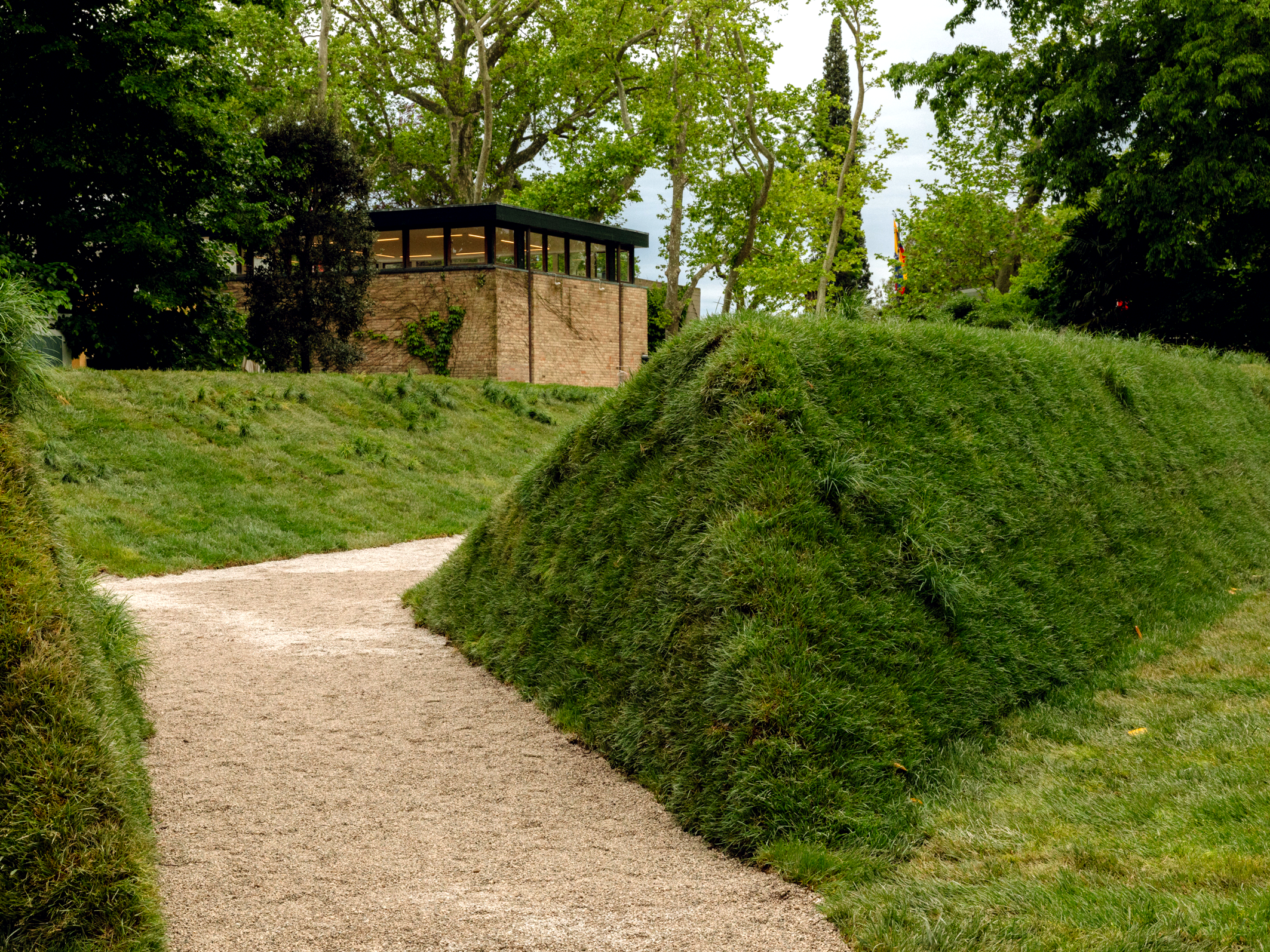"Pauliina Feodoroff, Máret Ánne Sara and Anders Sunna: The Sámi Pavilion," e-flux Announcements, April 18, 2022. See ➝.
Christopher Hawthorne, “ART/ARCHITECTURE; The Venice Biennale's Palestine Problem,” The New York Times, June 1, 2003. See ➝.
The Baltic Pavilion / Estonia, Latvia, Lithuania / The 15th International Architecture Exhibition - / La Biennale di Venezia 2016, last modified July 18, 2016. See ➝.
See ➝.
"RFP21 - Open," 2050+, December, 2019. See ➝.
This essay was commissioned as part of a collaboration between e-flux Architecture and alumni from the fourth cohort of New Architecture Writers to publish reviews of the 2023 Venice Architecture Biennale and Lesley Lokko's 18th International Architecture Exhibition, "The Laboratory of the Future."
